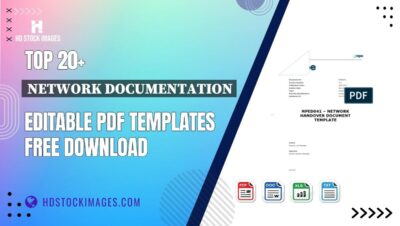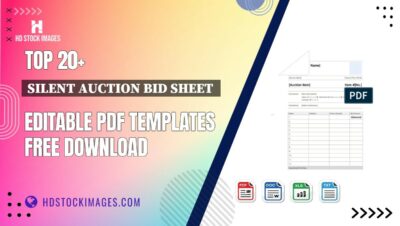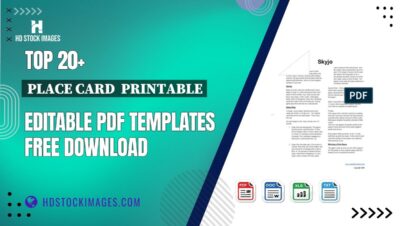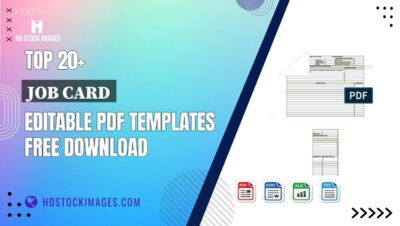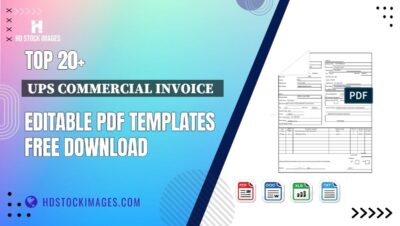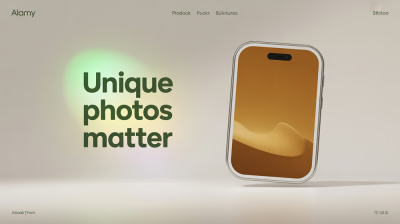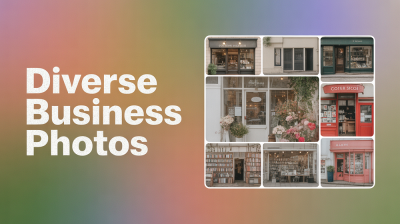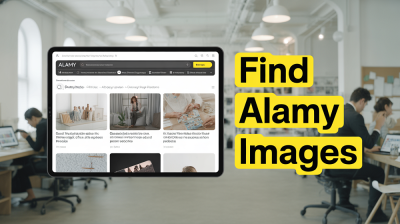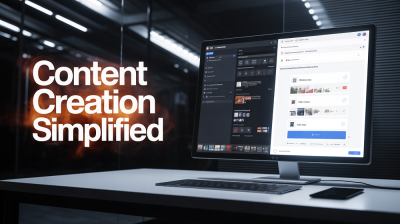Creating an impressive Behance portfolio is essential for any creative professional looking to showcase their work and attract potential clients or employers. Behance is a platform that allows artists, designers, and other creatives to display their projects in a visually appealing way, making it easy to share your talent with the world. In this blog post, we’ll explore some practical tips for designing a standout portfolio that not only reflects your unique style but also engages your audience effectively.
Understanding the Importance of a Great Portfolio
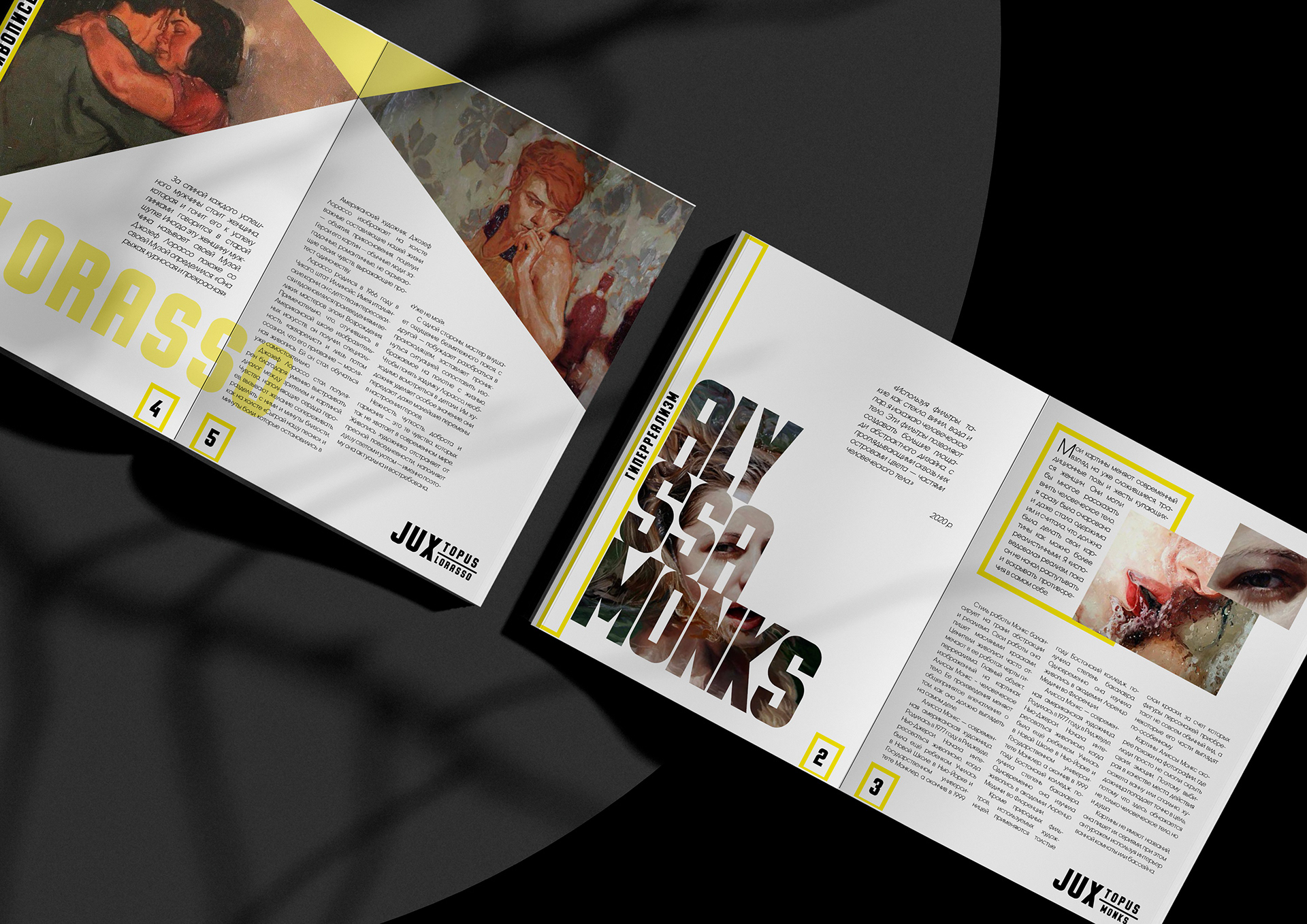
So, why is a great portfolio so vital in the creative industry? Let’s break it down:
- First Impressions Count: Your portfolio is often the first thing potential clients or employers will see. A well-designed portfolio can make a lasting impression!
- Showcase Your Skills: It’s not just about displaying finished projects. A great portfolio will highlight your skills, creativity, and the thought process behind your work, helping others understand your artistic journey.
- Attract the Right Opportunities: An impressive portfolio can attract the types of projects you want to work on. By showcasing work that aligns with your interests and skills, you’re more likely to appeal to clients seeking those specific attributes.
- Build a Personal Brand: Your portfolio is an extension of your personal brand. Consistent design, style, and presentation reflect who you are as a creative professional.
- Networking Potential: Behance is a community. A well-crafted portfolio can lead to networking opportunities with other professionals, collaborations, and even mentorships.
Additionally, as you develop your portfolio, consider incorporating the following elements to enhance its quality:
| Element | Importance |
|---|---|
| High-Quality Images | Visuals are key! Crisp, high-resolution images effectively showcase your work. |
| Project Descriptions | A brief overview of each project can provide context and depth to your work, explaining your process and the outcome. |
| Personal Touch | A little about yourself can go a long way. Sharing your story can help potential clients connect with you. |
| Diversity of Work | Showcasing a range of projects demonstrates versatility and skill breadth. |
In summary, a great portfolio is more than just a collection of work; it's a powerful tool for showcasing your identity as a creative professional. Investing time and effort into creating an outstanding Behance portfolio can yield numerous benefits, helping you stand out in a competitive landscape. Let's dive into some practical tips on how to achieve that goal!
Also Read This: How to Save and Organize Images from Behance for Future Reference
3. Key Elements to Include in Your Behance Portfolio
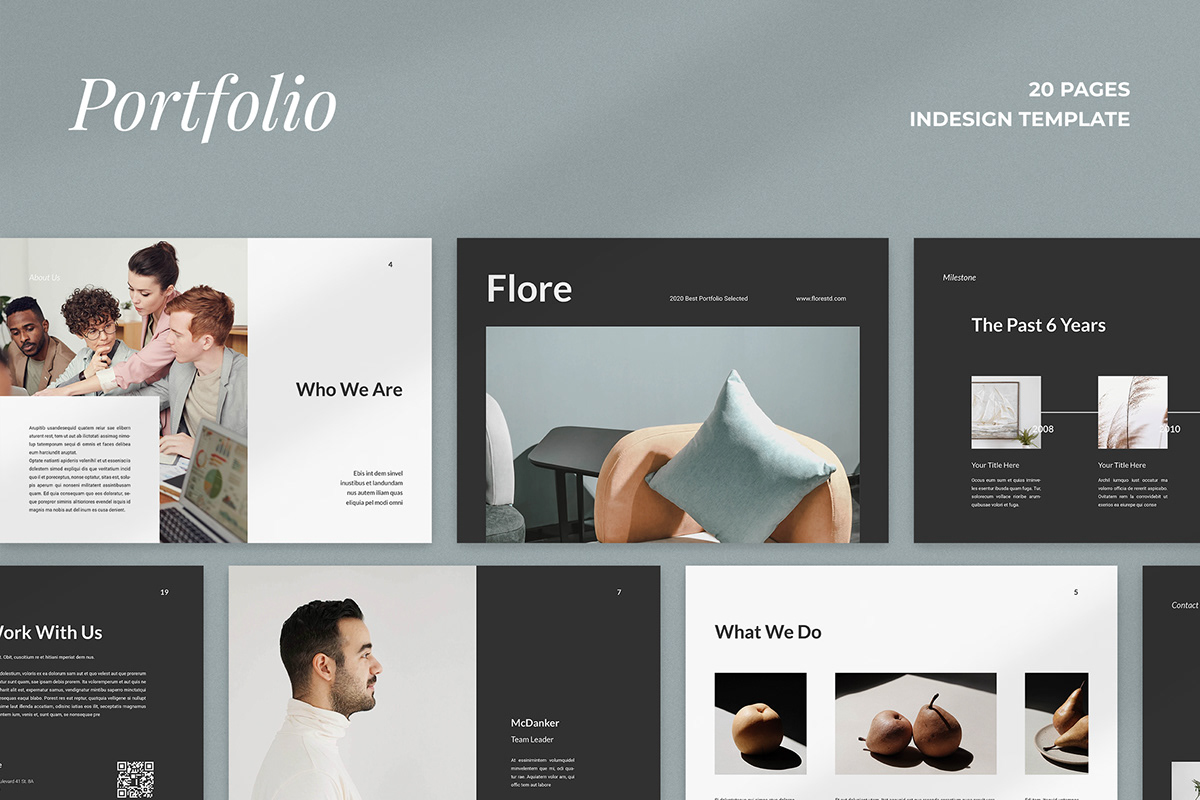
When it comes to crafting an impressive Behance portfolio, there are several key elements you need to include to make a lasting impression on potential clients and collaborators. Here’s a breakdown of what to include:
- High-Quality Images: Your work should take center stage. Use high-resolution images that showcase your projects clearly. Whether it’s graphic design, photography, or illustration, the visual quality should be impeccable.
- Project Descriptions: Don’t let your visuals do all the talking! Each project should have a well-written description that explains the concept, tools used, and your role in the project. This context not only enhances the visuals but also shows your thought process and expertise.
- Consistent Branding: Make sure your portfolio reflects your personal brand. Use consistent colors, typography, and logos throughout. This helps in creating a cohesive look that makes your portfolio easily identifiable to viewers.
- A Variety of Work: Showcase a diverse range of projects to illustrate your versatility. Include different styles and mediums, whether it's web design, print, or video, to appeal to a broader audience. Just ensure that each piece represents your best work.
- Case Studies: For larger or significant projects, consider including case studies. This means diving deeper into a specific project, highlighting challenges, your creative process, and the final outcome. This not only demonstrates your skills but also your problem-solving abilities.
- Client Testimonials: If you’ve worked with clients, don’t hesitate to include their feedback. Positive testimonials can significantly boost your credibility and enhance the trust potential clients have in your abilities.
- Contact Information: Make it easy for potential clients and collaborators to reach you by including contact information. A simple call-to-action to email you or link to your social media can go a long way.
By incorporating these key elements, you'll create a Behance portfolio that doesn’t just display your work but tells the story of your creative journey. This storytelling aspect is what connects with viewers on a deeper level and makes your portfolio memorable.
Also Read This: How to Make a Great Behance Portfolio for an Outstanding Online Presence
4. Design Tips for an Eye-Catching Portfolio

Now that we’ve covered the essential elements, let's dive into some design tips that will make your Behance portfolio stand out from the crowd. Remember, first impressions matter, and the design is often the first thing potential clients will notice!
- Prioritize Layout: A clean and organized layout helps visitors navigate your portfolio easily. Use grids to arrange your work uniformly. This not only enhances the visual appeal but ensures your audience can focus on your projects without distractions.
- Use White Space Effectively: Don’t be afraid of white space! It can help your projects breathe and guide the viewer’s eye to the most important aspects of your work. A cluttered portfolio can be overwhelming and takes away from the beauty of your designs.
- Choose Color Wisely: Your color palette should reflect your style and personality. Stick to a limited palette that complements your work without overpowering it. Neutrals work wonders for background colors, allowing your vibrant designs to pop.
- Typography Matters: Select fonts that enhance readability and match the tone of your work. Avoid using too many different fonts; sticking to two or three creates much better harmony and cohesiveness.
- Interactive Elements: If applicable, incorporate interactive elements like hover effects or video snippets. These not only engage viewers more but also demonstrate your skill in integrating modern design techniques.
- Responsive Design: Ensure your portfolio is mobile-friendly! With so many viewers accessing online content via smartphones and tablets, a responsive design ensures your work looks great on any screen size.
- Regular Updates: Finally, keep your portfolio current. Regularly update it with new projects and experiences. This not only showcases your growth but also keeps returning visitors engaged and curious about your latest work.
With these design tips in your toolkit, you'll be well on your way to creating a Behance portfolio that not only attracts attention but also captivates your audience. Designing isn’t just about aesthetics; it’s about making a connection. Let your personality shine through your design choices!
Also Read This: How to Upload Video on Behance and Enhance Your Portfolio
5. How to Showcase Your Best Work Effectively
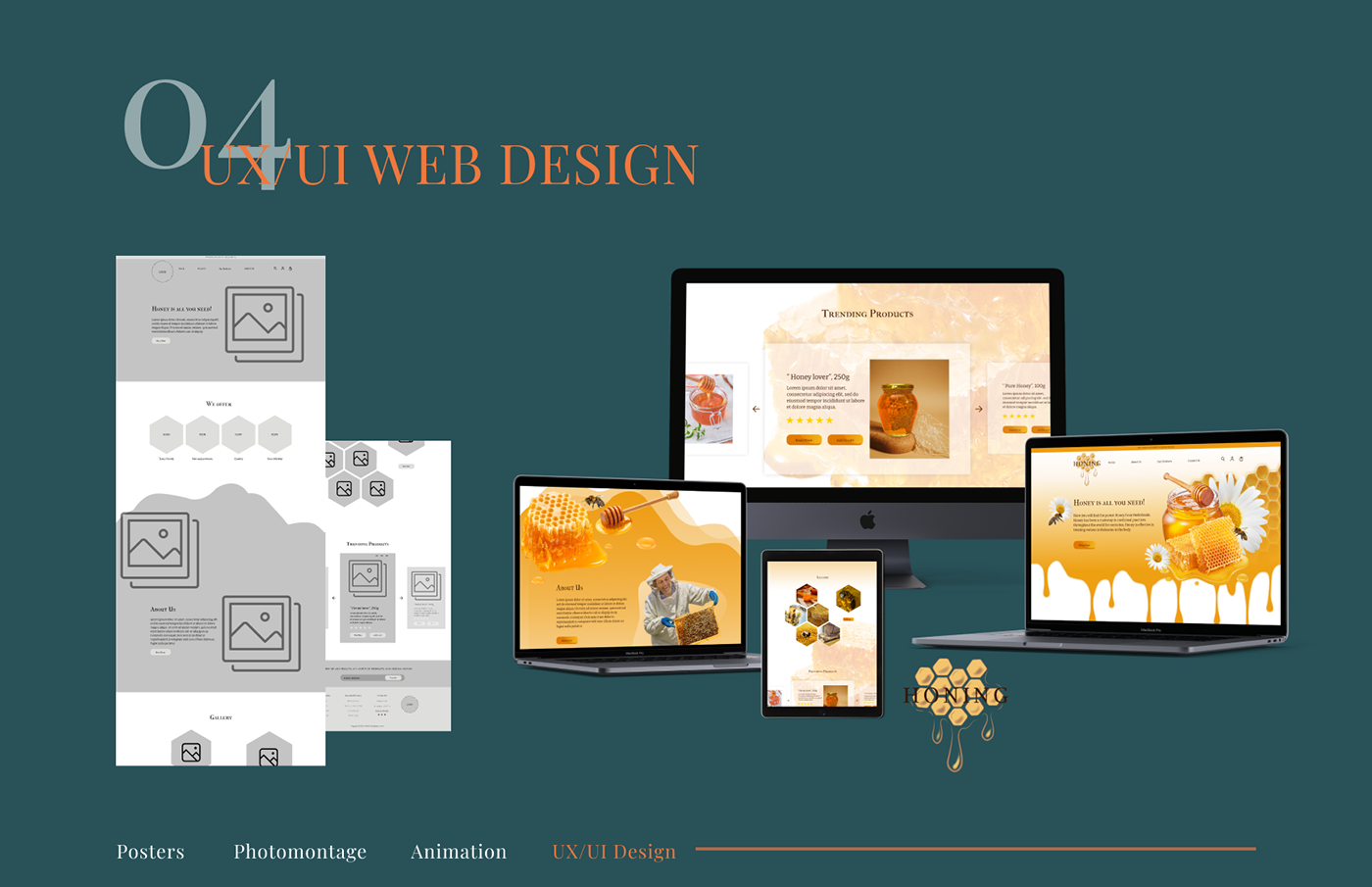
When it comes to creating a standout Behance portfolio, showcasing your best work is crucial. You want to make sure that your top projects grab attention and demonstrate your skills. Here are some effective strategies to do just that:
- Choose a Cohesive Theme: Select projects that align with a common theme, style, or industry. This creates a more unified visual experience for viewers. It also helps potential clients or collaborators understand your niche and specialty.
- Highlight a Variety of Skills: Even within a common theme, try to showcase a range of your skills. For example, if you're a graphic designer, include logo designs, branding projects, and digital illustrations to demonstrate versatility.
- Use High-Quality Images: Always present your work using high-resolution images. Poor-quality visuals can detract from even the most exciting projects. Make sure your images are well-lit, properly cropped, and aesthetically pleasing.
- Limit Your Selections: It’s tempting to include everything you’ve ever created, but less is often more. Aim to show around 5-10 of your best projects. This keeps your portfolio concise while ensuring each piece gets the attention it deserves.
- Create Engaging Thumbnails: Your project thumbnails are the first thing viewers will see. Choose captivating images that not only represent your work well but also entice viewers to click and explore further.
Remember, each project should feel like a mini-portfolio in itself. Take the time to present your work thoughtfully, and don't shy away from displaying your personality through the projects you choose. Ultimately, you'll want your audience to feel a connection with you and your work, paving the way for future opportunities.
Also Read This: How to Create My Portfolio Free on Behance: Building a Professional Portfolio Without Cost
6. Enhancing Your Portfolio with Descriptions and Tags
After you've carefully chosen and showcased your best work, it’s time to enhance your portfolio with descriptions and tags. These elements are often overlooked, but they play a vital role in how your work is perceived and discovered on Behance.
- Descriptive Titles: Start with strong, descriptive titles for your projects. A compelling title can spark interest and curiosity in potential viewers. Instead of “Graphic Design Project,” try something like “Revamping Brand Identity for XYZ Corporation.”
- Project Descriptions: Use the project description to tell a story. Explain your thought process, challenges faced, and the outcomes of your projects. Providing context not only enhances engagement but also showcases your problem-solving abilities.
- Incorporate Keywords: Incorporate relevant keywords that people might use to search for your type of work. This will improve the discoverability of your projects. Think about terms related to your skills, software used, and project specifics.
- Use Tags Wisely: Tags serve as keywords that help categorize your projects within the Behance community. Use a mix of general and specific tags to broaden your reach. For example, you might use “graphic design,” “branding,” and “digital illustration.”
- Update Regularly: As you continue to grow your skills and complete new projects, take the time to revise existing descriptions and tags. Keeping your portfolio fresh shows that you are active and engaged in your field.
Incorporating detailed descriptions and thoughtful tags can transform your portfolio from a simple display of work into a narrative that communicates who you are as a creator. Balancing visual appeal with informative content not only engages viewers but also encourages them to delve deeper into your work. This strategy sets the stage for building connections and appealing to potential clients or collaborators.
Also Read This: Finding Your Behance Link and Sharing Your Portfolio URL
7. Best Practices for Regularly Updating Your Portfolio
When it comes to showcasing your skills and creativity, keeping your Behance portfolio up-to-date is essential. But what does that really mean? How often should you update, and what should you focus on? Let’s break down some best practices for maintaining an impressive portfolio that reflects your growth as a designer.
1. Set a Regular Schedule
Just like any routine, consistency is key! Aim to review and update your portfolio:
- Every month: This can be a quick review to add new projects or refine existing ones.
- Every quarter: Dive deeper. Assess what projects are shining and which might need some polishing or even removal.
- After completing major projects: Ensure you showcase your best work as soon as it's finished.
2. Give Projects Fresh Context
As you continue to learn and grow, revisit your older projects. Maybe they've aged out or could benefit from a fresh narrative. Write about what you learned, what challenges arose, and how you tackled them. This not only improves the project's presentation but also shows your evolution as a designer.
3. Quality Over Quantity
It’s easy to fall into the trap of wanting to showcase everything you’ve done. Instead, focus on showcasing your best work. If a project doesn't resonate with you anymore or isn't representative of your current skill set, don't hesitate to remove it. A curated portfolio speaks volumes more than a crowded one.
4. Keep Your Descriptions Engaging
Each project should have a narrative. Instead of just listing tools used or processes followed, weave a story about your journey. Explain the challenges you faced, the solutions you came up with, and how it all came together. Remember, people love stories!
5. Incorporate New Skills and Techniques
As trends in design evolve, so should your portfolio. Have you learned new software? Adopted a new design technique? Show it off! Regular updates are a perfect occasion to let your audience see all the shiny new skills you’ve honed—be it through tutorials, online classes, or actual project experience.
By following these best practices for updating your portfolio, you ensure that it remains a true reflection of your capabilities and growth as a designer. Now, let’s dive into how to connect with the vibrant Behance community!
Also Read This: How to Rearrange Images and Projects in Behance to Create a Cohesive Portfolio
8. Engaging with the Behance Community
Your portfolio is only one piece of the puzzle when it comes to being successful on Behance. Engaging with the community can create networking opportunities that can lead to collaborations, feedback, and even job offers. Here are some strategies to enhance your interactions:
1. Follow Other Creatives
Start by liking and following projects from other designers whose work inspires you. This not only shows support but opens the door to potential interactions. Who knows? A little compliment might spark a conversation:
- Check regularly for new projects from those you follow.
- Make it a habit to explore projects outside your field.
2. Leave Thoughtful Comments
When you come across a project that catches your eye, take a moment to leave meaningful feedback. A simple “Great use of color!” can go a long way, but try to be specific. Commenting on the concept, execution, or even suggesting improvements not only helps the creator but establishes you as an active community member.
3. Join Groups and Discussions
Look for groups that focus on your areas of interest. Participating in discussions helps you connect with like-minded individuals, share ideas, and gain insights into the latest design trends. Engaging in these forums can help you build your knowledge base while expanding your network.
4. Share Your Process
Consider sharing behind-the-scenes glimpses of your projects. Process shots, sketches, and even fail moments can truly resonate with people. Documenting your creative journey not only makes your work relatable but encourages dialogue around challenges and solutions.
5. Participate in Challenges
Behance often hosts creative challenges. Participating not only expands your portfolio but also connects you with others who are equally passionate. Plus, it's a fun way to stretch your creative muscles!
Engaging with the Behance community is more than just networking; it’s about forging meaningful relationships that can elevate your career. The more you connect, the more visibility you’ll gain, leading your portfolio to shine even brighter!
Conclusion: Making Your Behance Portfolio Stand Out
In the competitive world of design, creating an impressive Behance portfolio is essential for showcasing your creativity and attracting potential clients. To ensure your work stands out, consider the following tips:
- Curate Your Projects: Select only your best work that reflects your unique style and skills. Quality over quantity is key!
- Tell a Story: Each project should include a narrative that explains your process, the challenges faced, and how you resolved them.
- High-Quality Visuals: Use professional images and mockups to present your work. Visuals should be clear and engaging!
- Utilize Project Descriptions: Provide context around each piece, including tools used and your role. This shows your thought process and expertise.
- Engage with the Community: Connect with other creatives by liking and commenting on their work. Networking can lead to more visibility for your portfolio.
Additionally, incorporate diverse media formats such as videos and animations to present your projects dynamically. Remember, your Behance portfolio is not just a gallery; it's a reflection of your professional identity.
By following these strategies, you'll enhance your portfolio's appeal and increase your chances of making a lasting impression on potential clients and collaborators, ultimately advancing your career in design.
 admin
admin